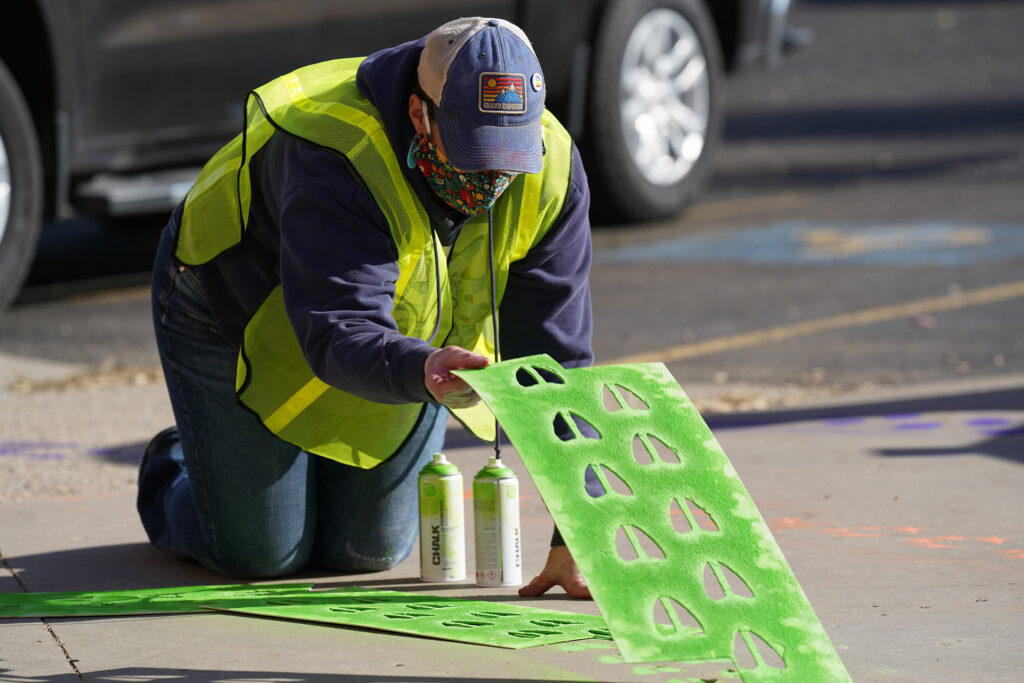
What could go wrong?
The wave of economic development that transportation investments often bring can increase the tax base and city revenue, which is often a stated objective of transportation projects. But rapid investment and change can drastically change the character of a place, and prevent displaced residents from benefiting from the new transportation improvements. In these cases, closely collaborating with community partners and taking a holistic approach that includes a focus on housing affordability and rent stabilization will more likely ensure an end product that everyone will like and still be around to benefit from.
The creative placemaking approach is no silver bullet, and as scholars Mark Stern and Susan Seifert stated, “culture-based revitalization aims for a narrow target; it must stimulate economic vitality and promote opportunity without generating displacement or expanding inequality.”1 The more buy-in you have, the more likely you are to wind up with an approach that everyone can champion. Mapping a community’s existing assets, effectively engaging the community, and developing strong partnerships are all ways to secure that buy-in, alongside developing corresponding policy responses that ensure that increased real estate values are directly targeted to benefiting the impacted community and helping residents manage increasing taxes and rents.
Avoiding displacement by building in affordable spaces for arts and culture
Ironically, while artists and cultural organizations are critical actors in creative placemaking projects, those same projects may lead to the displacement of the same artists and cultural organizations who helped with the projects. Nonprofit arts organizations, galleries, performance venues, and other cultural institutions are often at risk of displacement due to tight finances and slim margins; these spaces need to be considered carefully during projects that are likely to increase property values.
“You want to have appealing places for people to live, work and play,” says Amanda Thompson, former Knight Foundation program officer and former planning director for Decatur, GA. “But what we saw in Decatur was that as development occurs it becomes harder to have that ‘play’ part. You’ll have a huge influx of bars and restaurants and it quickly becomes ‘live, work and eat.’ The arts, culture and entertainment venues can’t survive, and so those personalized experiences start to move out.”
While you may not be able to replace units or venues one for one, you can plan and program welcoming spaces. “Beyond a plaza, I encourage thinking about how to allow the most arts to flourish here as possible, the most affordable housing, the most opportunities for artists to work here, and for artists to engage. It will look different than before, but hopefully you will achieve more than before.”
Just as importantly, lower income residents and especially renters are likely to be harmed rather than helped by increasing property values. Special attention must be paid to this group as well.
An example from Nashville: Envision Nolensville Pike
For several years, Smart Growth America supported Envision Nolensville Pike, a creative placemaking project focused on improving transportation safety and multimodal options along Nashville’s Nolensville Pike, one of the fastest growing immigrant corridors in the country. Recognizing that our work included a potential risk for displacing businesses and residents, we concurrently produced an anti-displacement plan for the corridor, which called for recommendations related to improving coordination between businesses and community organizations, improving data collection to understand the real risk of displacement for each business, providing a variety of types of support to those businesses most at risk of displacement, and increasing the supply of affordable housing along the corridor.
Without a concerted and explicit effort to address displacement, there’s no way to avoid the issue. Beginning every creative placemaking project by asking these two questions will help you start off on the right foot:
- “Who will benefit from this project if it’s successful?”
- “What needs to be done to ensure that the most vulnerable stakeholders are able to benefit from this project?”
